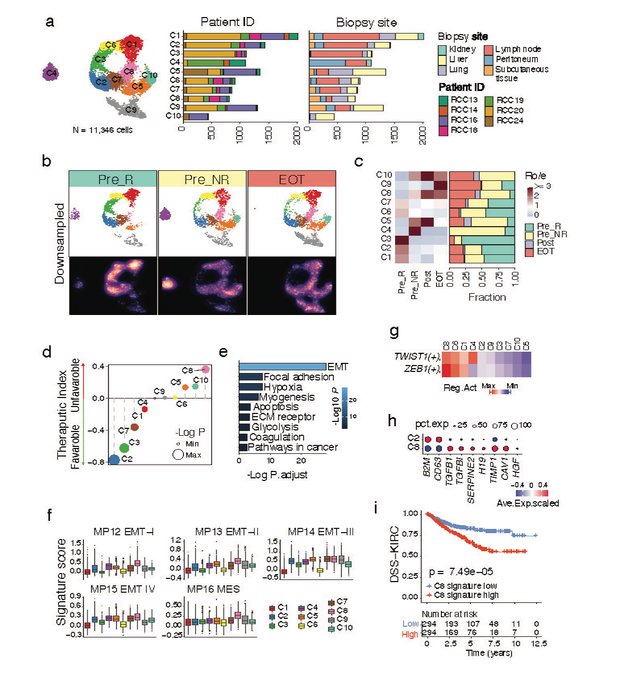Pavlos Msaouel, Assistant Professor of Genitourinary Medical Oncology at MD Anderson Cancer Center, posted on X about recent paper by him as first author, titled “Sitravatinib in combination with nivolumab plus ipilimumab in patients with advanced clear cell renal cell carcinoma: a phase 1 trial” published on Nature.
Authors: Pavlos Msaouel, Kai Yu, Ying Yuan, Jianfeng Chen, Xinmiao Yan, Menuka Karki, Fei Duan, Rahul A. Sheth, Priya Rao, Kanishka Sircar, Amishi Y. Shah, Amado J. Zurita, Giannicola Genovese, Min Li, Chih-Chen Yeh, Minghao Dang, Guangchun Han, Yanshuo Chu, Max Hallin, Peter Olson, Rui Yang, Daniela Slavin, Hirak Der-Torossian, Curtis D. Chin, Jianjun Gao

“Thrilled to share in Nature the clinical outcomes and scRNA-seq correlatives our phase I triplet immunotherapy (IO + IO + TKI) trial in clear cell kidney cancer.
The immunogenicity of sitravatinib resulted in potent responses but also irAEs necessitating reduction of ipilimumab from 1 mg/kg to 0.7 mg/kg which allowed safe escalation at the cost of efficacy.
We investigate the biological effects of IO + IO + TKI therapy by scRNA-seq in longitudinally collected tissues and identified a tumor cell-specific signature associated with poor response. We externally validated this in the TCGA database.

T cells showed a transition from cytotoxic to exhausted phenotypes suggesting a role for T cell dysfunction in treatment resistance. Similarly, myeloid cells exhibited a shift toward immunosuppressive phenotypes, characterized by M2-like macrophages and inhibitory signaling.
All figure data are available in the manuscript page and the scRNA sequencing at the GEO webpage: Visualization and real-time interrogation will be made available in the coming months through our Single Cell Research Portal.”
